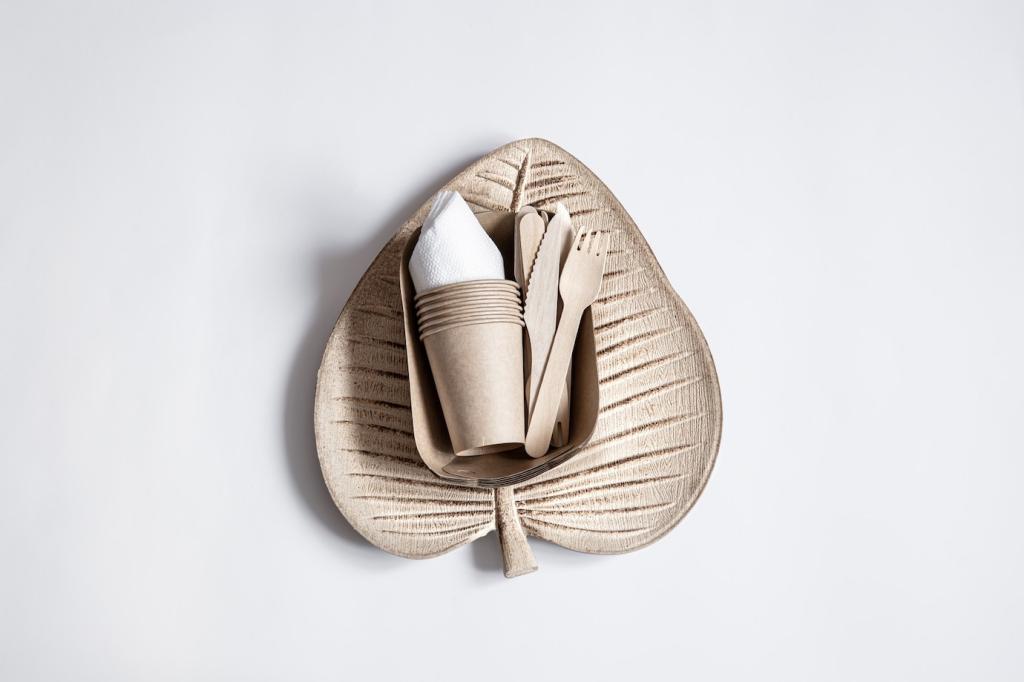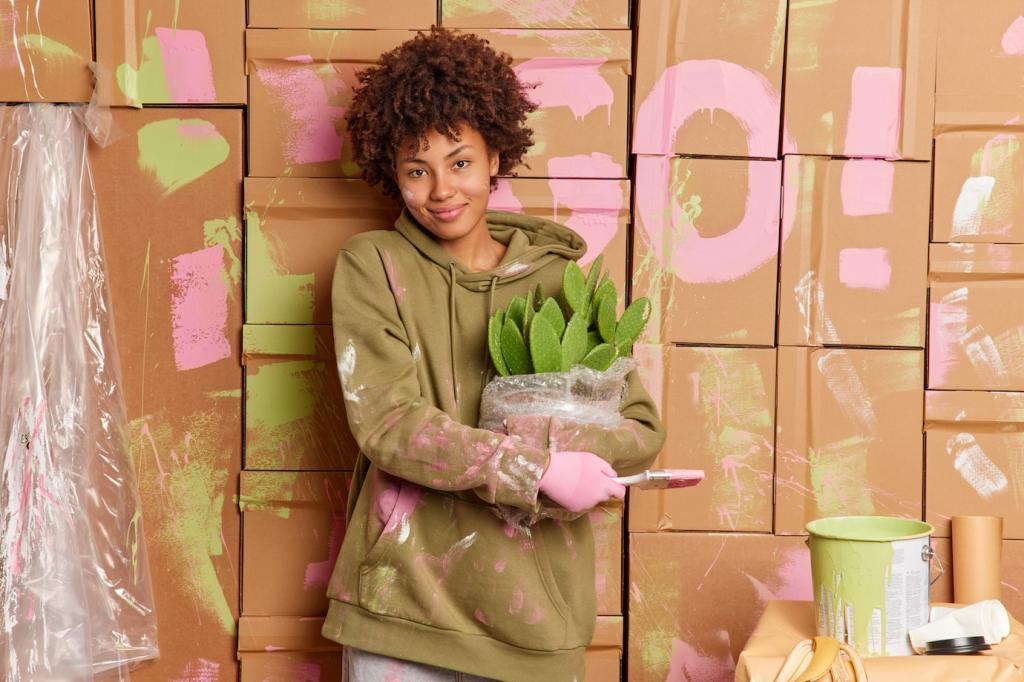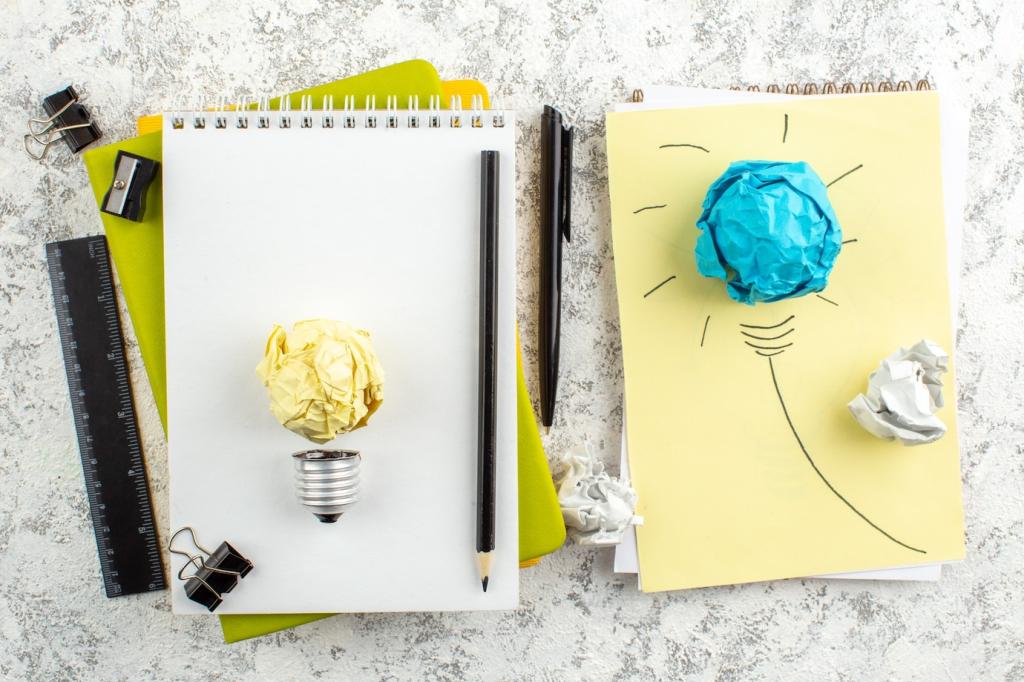Start Transforming Today: DIY Upcycled Furniture Hacks for Beginners
Turn curbside finds and thrifted gems into pieces you are proud to show off, even if you have never held a sander before. We will guide you step by step, cheer for your progress, and celebrate every brushstroke. Subscribe for weekly beginner-friendly ideas, and drop your questions anytime—we reply. Chosen theme: DIY Upcycled Furniture Hacks for Beginners.
Where to Source Pieces You Will Actually Finish
Start at thrift stores, yard sales, and community buy-nothing groups, where affordable, solid items appear regularly. Check curb alerts and marketplace listings after weekends. Comment with your best local source, so new DIYers can discover friendly hunting grounds.
Red Flags and Green Lights for Beginners
Avoid heavy water damage, active mold, or complex mechanisms. Choose solid wood or sturdy plywood, simple silhouettes, and flat faces that welcome paint. Bring a tape measure, wiggle legs, open drawers, and photograph issues to plan solutions calmly.
Set a Realistic Scope and Weekend Timeline
Pick a project you can complete in one weekend: side table, stool, or nightstand. Define steps—clean, sand, prime, paint, hardware—so you never feel lost. Share your plan in the comments for helpful feedback before you start.


The Minimalist Toolkit That Gets It Done
Gather a multipurpose screwdriver set, sanding block, painter’s tape, foam rollers, an angled brush, rags, and a drop cloth. Borrow clamps or a drill from a neighbor or tool library. Post your toolkit photo and we will suggest smart upgrades.

Paints, Primers, and Low-VOC Choices
Use a water-based bonding primer for glossy finishes, then durable, low-VOC paint for safer indoor work. Sample pots stretch far on small furniture. Seal with water-based polycrylic for light colors. Ask below if you are unsure about brand compatibility.
Prep Like a Pro: Cleaning, Sanding, and Safety
Clean and De-Gloss for Better Adhesion
Wash surfaces with mild soap and water, then use a deglosser or scuff sand glossy areas. Rinse residue and dry thoroughly. Remove hardware and label it. Tell us your favorite cleaning trick, and we will compile a community checklist.
Simple Sanding Steps for Beginners
Sand lightly with 120 to knock down sheen, move to 180 for smoothing, and finish with 220 for paint-ready surfaces. Always sand with the grain. Wipe dust with a damp cloth or tack cloth before priming. Safety glasses and mask recommended.
Safety Setup That Keeps You Smiling
Work with ventilation, wear a dust mask, and use nitrile gloves if needed. Secure wobbly pieces before sanding. Keep kids and pets clear of wet finishes. Share your safety ritual in the comments to encourage new makers to protect themselves.
Beginner-Friendly Techniques with Wow Factor
Apply thin, even coats of bonding primer, sanding lightly between coats if needed. Roll flat surfaces with a foam roller and cut edges with an angled brush. Respect dry times. Post your color swatches and we will vote together on the winner.
Beginner-Friendly Techniques with Wow Factor
Add cane webbing to doors, line drawers with peel-and-stick wallpaper, or decoupage fabric panels on tabletops for texture. Trim cleanly and seal edges. Share a quick snapshot of your pattern choices to inspire other first-time upcyclers.

Hardware, Legs, and Low-Cost Structural Upgrades
Measure center-to-center spacing before buying new pulls. Use a template for consistent holes. Clean and spray existing hardware if the fit is right. Post a before-and-after knob swap; you will be amazed how quickly a piece modernizes.

Sourcing Stories and Sustainable Wins
I found a scratched, wobbling side table for ten dollars, tightened its joints, painted it deep green, and added brass knobs. It now anchors our entryway. Share your rescue story—cost, color, and one lesson—to inspire the next beginner.



